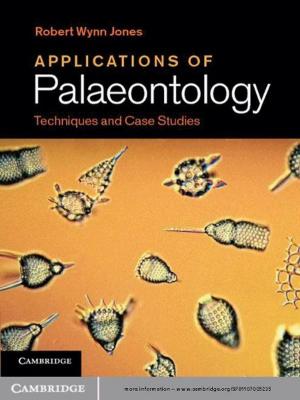From Foraging to Farming in the Andes
New Perspectives on Food Production and Social Organization
Nonfiction, Social & Cultural Studies, Social Science, Archaeology, History| Author: | ISBN: | 9781139063906 | |
| Publisher: | Cambridge University Press | Publication: | February 14, 2011 |
| Imprint: | Cambridge University Press | Language: | English |
| Author: | |
| ISBN: | 9781139063906 |
| Publisher: | Cambridge University Press |
| Publication: | February 14, 2011 |
| Imprint: | Cambridge University Press |
| Language: | English |
Archeologists have always considered the beginnings of Andean civilization from c.13,000 to 6,000 years ago to be important in terms of the appearance of domesticated plants and animals, social differentiation, and a sedentary lifestyle, but there is more to this period than just these developments. During this period, the spread of crop production and other technologies, kinship-based labor projects, mound-building, and population aggregation formed ever-changing conditions across the Andes. From Foraging to Farming in the Andes proposes a new and more complex model for understanding the transition from hunting and gathering to cultivation. It argues that such developments evolved regionally, were fluid and uneven, and were subject to reversal. This book develops these arguments from a large body of archaeological evidence, collected over 30 years in two valleys in northern Peru, and then places the valleys in the context of recent scholarship studying similar developments around the world.
Archeologists have always considered the beginnings of Andean civilization from c.13,000 to 6,000 years ago to be important in terms of the appearance of domesticated plants and animals, social differentiation, and a sedentary lifestyle, but there is more to this period than just these developments. During this period, the spread of crop production and other technologies, kinship-based labor projects, mound-building, and population aggregation formed ever-changing conditions across the Andes. From Foraging to Farming in the Andes proposes a new and more complex model for understanding the transition from hunting and gathering to cultivation. It argues that such developments evolved regionally, were fluid and uneven, and were subject to reversal. This book develops these arguments from a large body of archaeological evidence, collected over 30 years in two valleys in northern Peru, and then places the valleys in the context of recent scholarship studying similar developments around the world.















